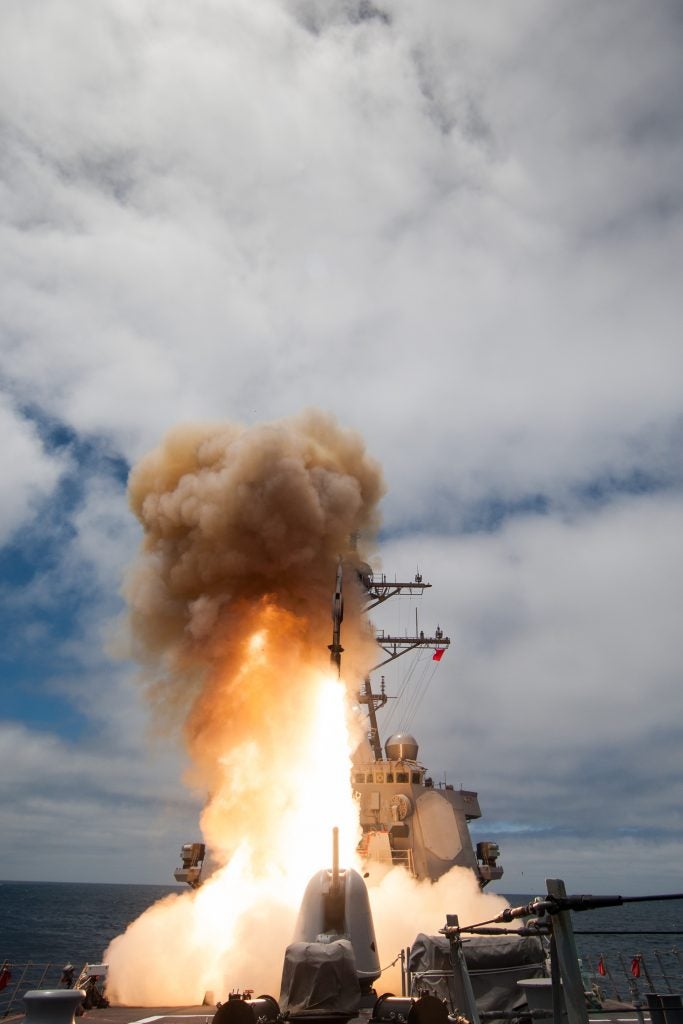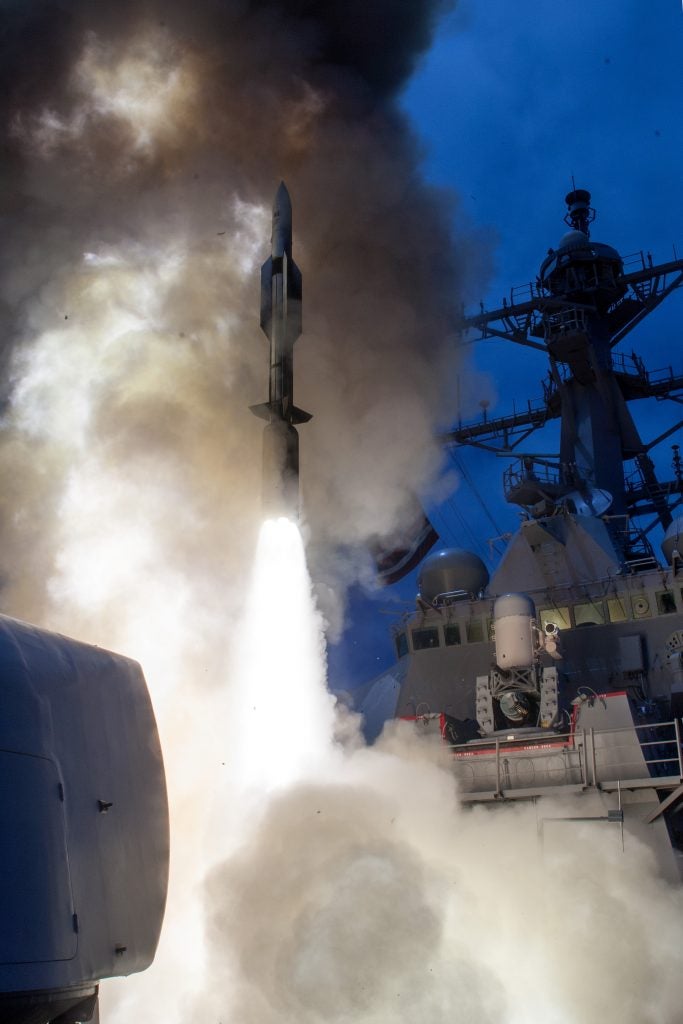Australian Navy Will Become The First Foreign Navy To Get Standard Missile 6 (SM-6)
The Department of State has approved a future sale of SM-6 Block I and SM-2 Block IIIC missiles to Australia. While the contents of the deal haven’t yet been finalized, it’s currently worth an estimated $350 million. The deal was approved on 25th of following a request from the Australian government for the purchase. While the press release didn’t include the total number of missiles in the deal, a similar purchase of 100 SM-2 Block IIIC missiles by Canada was worth $500 million. The Canadian purchase also included canisters for launching the missiles.

Australia will become the second Foreign Military Sale (FMS) customer to buy the latest iteration of the Standard Missile 2 (SM-2) Block IIIC. The first FMS nation being Canada, which requested the purchase in November of 2020. Both nations are buying the missiles to equip their latest class of surface combatants, the Royal Australian Navy’s Hunter class and the Royal Canadian Navy’s Canadian Surface Combatant. Both vessels are based on the Royal Navy’s Type 26 frigate.
The SM-2 Block IIIC anti-air missile improves on its predecessor, the SM-2 Block IIIB, by doing away with the Infrared seeker on the missile and replacing the Semi-Active Radar Homing (SARH) seeker with a new Active Radar Homing (ARH) one. This new upgrade allows the missile to seek targets using its own illumination generated by the seeker onboard the missile. Older missiles would require a dedicated radar on board the ship to illuminate the target for the missile. NAVSEA awarded Raytheon a sole source contract worth $149 million in 2017 for the SM-2 Block IIIC. The contract was for the engineering, manufacturing and development of the missile as well as transitioning to Low Rate Initial Production (LRIP) rounds.

The purchase also marks the first ever Foreign Military Sale of the SM-6 Block I missile. Entering service in 2013 with the U.S Navy, the SM-6 missile is the mainstay long range Anti-Air Warfare (AAW) missile of the U.S Navy. Later versions of the missile have been adapted for Anti-Ballistic Missile Defense, allowing the missile to serve as the successor to both the SM-2 Block IV and Block IVA. The purchase of SM-6 Block I will give the Royal Australian Navy an anti-air warfare missile with a longer range than all it’s currently fielded missiles, allowing it’s Destroyers to have a Theater defense capability. This capability allows the destroyers to engage threats much farther away than they could with other Standard Missiles. This is done by having the SM-6 leverage the sensing capabilities of F-35 Joint Strike Fighter, which allows it to strike targets Over-The-Horizon.
This purchase follows a similar number of advanced weapon purchases made by the Australian Defence Force in recent years. These purchases are part of a wider effort to increase defense spending and field capable systems in the Australian Defense Force. In July of 2020, Australian Prime Minister Scott Morrison announced a commitment to spend $270 billion over the coming decade on defense. The move is aimed at strengthening the Australian Defence Force in order for it to keep pace with growing threats in the Indo-Pacific region.

